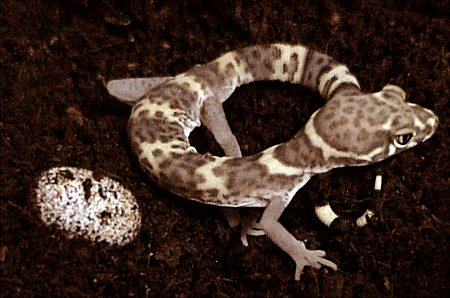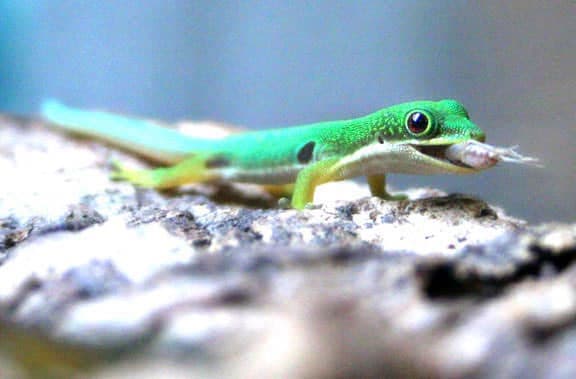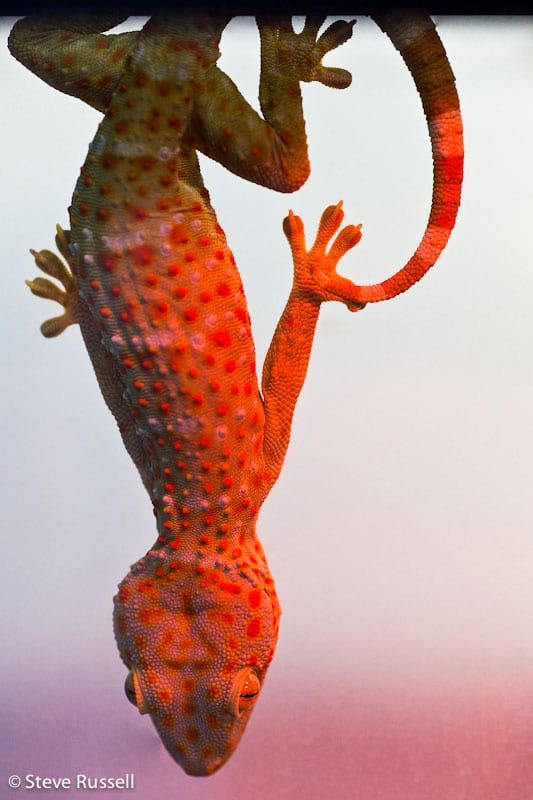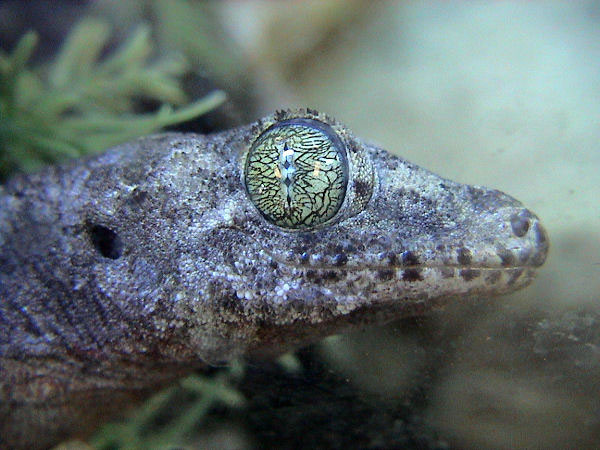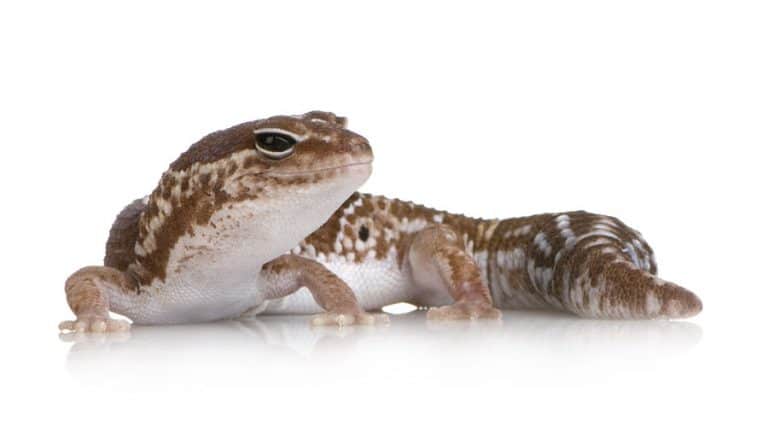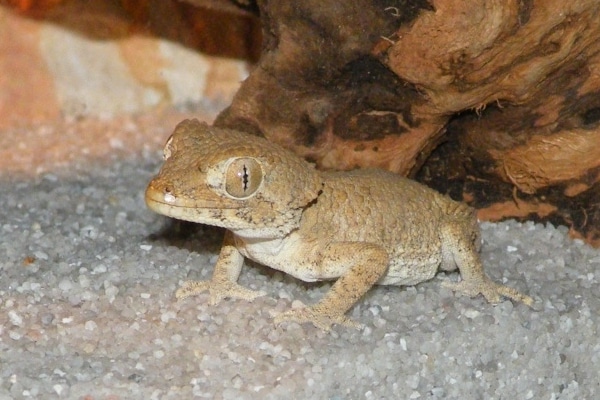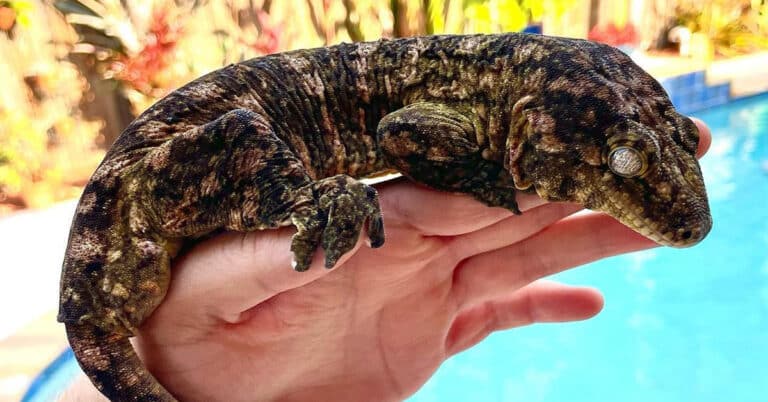Texas Banded Gecko
Rarely Found In Captivity, but Their Small Size and Docile Nature Make Them Good Pets
Among the various species of small geckos, the Coleonyx brevis or the Texas Banded Gecko is an important species. They are native to the southwest United States as well as northern Mexico.
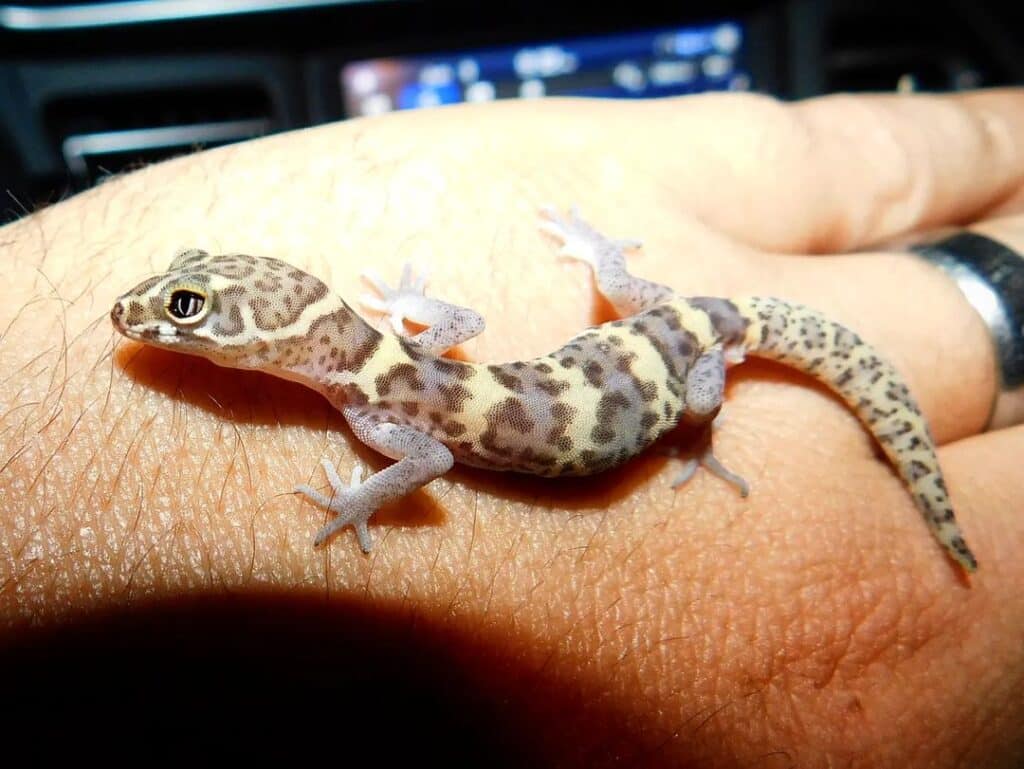
Anatomy
The Texas banded Gecko has a projected snout measuring about 2 inches in an overall length of approximately 4 inches or 10 cm, and belong to a family of terrestrial lizards. They have Pink, brown or yellow color cross bands alternating on the body with black accent or speckling on them. The males are generally smaller as compared to their female counterparts. Interestingly, the geckos have a thin body with its length equal to the tail. Their distinguishing feature is their slender body with the large head and eyes, with vertical pupils and movable eyelids. Their slender toes have no pads for climbing, as these are terrestrial.
Behavior
They are nocturnal in nature and hence, come out only after dusk. Since they are carnivorous in nature, you can see them hunting for insects and spiders.
Natural habitat
They generally dwell on dry, rocky land-areas. Canyons and crevices are some their common habitats.
Breeding
This gecko lays eggs that they are oviparous in nature and their reproductive season ranges between March and April. They can lay two eggs at a time and generally lay two or more clutches for each breeding season making 4 to 6 eggs each breeding season. The incubation period is 2 months.
As a Pet
If you refer to banded gecko facts, you will see that these geckos are docile in nature and are an ideal species for pets. Many people, nowadays, are increasingly keeping them as pets and they are available for sale online at specific sites.
Housing
Ideally, you should keep the Texas Banded gecko in an aquarium of about 10 gallons capacity. For substrate, you can use newspaper, dry grass, paper towels, and leaf–litter to create multiple layers. You can also consider natural items like peat moss plus sand as substrate.. Placing the couple of caves lined with some damp moss can make your gecko feel at home and use them to hide as well.
Food
These carnivorous geckos feed on spiders and insects. Exercise a lot of caution when you feed the geckos. Supplement their food with calcium by dusting the insects they eat, with vitamin and calcium powder before feeding them. Feed the geckos every alternate day for an hour and remove any uneaten insects after that time elapses, the reason being uneaten live insect may harm gecko by biting it.
Misting
Misting is very important as this process helps a gecko to drink water. The water should be spread at least twice a day but do not overdo this. It is called “misting” because geckos drink the mist present on the leaves in the wild. Placing a container of water is also an option but there is a lesser probability that banded geckos such as these will use it.
Temperature and Heating
Ideally, you can achieve the optimum temperature by placing the reptile-heating pad on one side and using a heat lamp on the other side of the tank. The ideal day-temperature ranges from 80 degrees to 95 degrees Fahrenheit. Since they need a cooler night – temperature, you can switch-off the heat lamp at night.
Cage Maintenance
Try to maintain a clean environment inside the cage of the Texas Banded Gecko. This includes cleaning their daily droppings possibly using a spoon. Clean the cage at least weekly and you should make sure to replace the newspaper and dry grass used to create the substrate. If the substrate is from peat moss and sand, you can do the cleaning once a month. Remember, a pet needs a clean environment to dwell just like we the humans do.

Having discovered a fondness for insects while pursuing her degree in Biology, Randi Jones was quite bugged to know that people usually dismissed these little creatures as “creepy-crawlies”.

